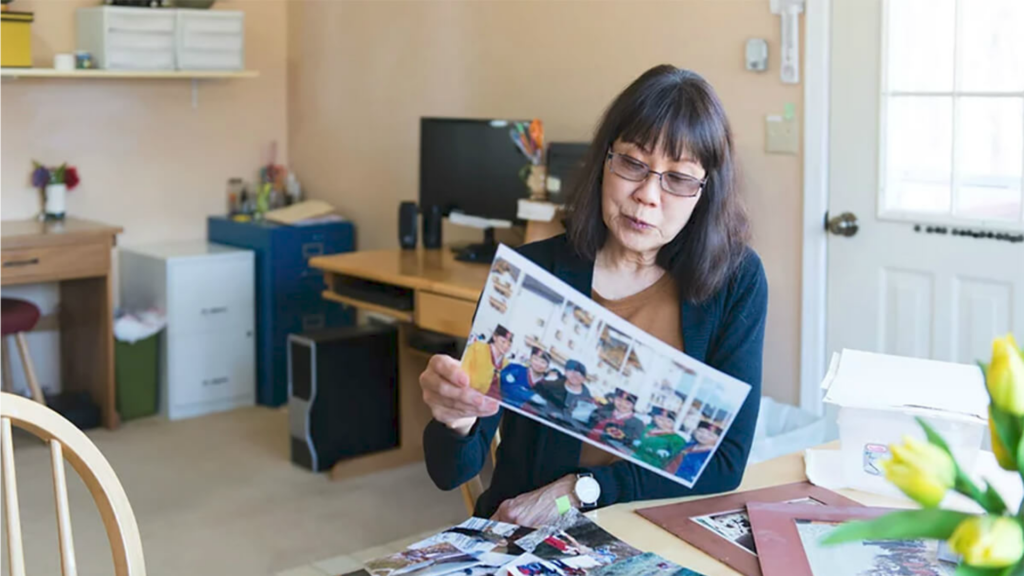
By Grace Birnstengel | Associate Editor | Next Avenue
Part of the TRANSFORMING LIFE AS WE AGE SPECIAL REPORT
Families of dying loved ones turn to hospice care services when a diagnosis is terminal and pain-free comfort is the first priority. As the hospice industry grows (there are now more than 4,000 agencies in the nation), however, many patients are left behind — the exact opposite of what they signed up for.
In a new investigation of 20,000 government inspection records, Time, in collaboration with Kaiser Health News, revealed heartbreaking stories of families around the country who received poor, if not pitiful, treatment and neglect from hospice agencies. As the Time story notes, hospice is available through Medicare to critically-ill patients who are expected to die within six months and agree to forego curative treatment.
The Time story centers on the experience of Patricia Martin of Wasilla, Alaska, and her husband, the late Dr. Bob Martin. Patricia says Bob waited four days in hospice for pain pills while suffering from immense cancer-induced pain and that the Martins waited another six days for liquid pain medicine when Bob could no longer swallow pills. The doctor was on vacation, then asleep, but the family had signed up for 24-hour care. Bob Martin died on Jan. 4, 2014.
Sadly, the Martins’ story is not a standalone case.
Hospice Workers Failing to Show Up
“The reports, which do not include victim names, describe a 31-year-old California woman whose boyfriend tried for 10 hours to reach hospice as she gurgled and turned blue, and a panicked caregiver in New York calling repeatedly for middle-of-the-night assistance from confused hospice workers unaware of who was on duty,” Time reports. “In Michigan, a dementia patient moaned and thrashed at home in a broken hospital bed, enduring long waits for pain relief in the last 11 days of life, and prompting the patient’s caregiver to call nurses and ask, ‘What am I gonna do? No one is coming to help me. I was promised help at the end.’”
Families and caregivers have filed more than 3,200 hospice complaints with state officials in the past five years, Time reports. These grievances prompted government inspectors to uncover issues in 759 hospices, but according to the Centers for Medicare and Medicaid Services (CMS), consequences or termination are rare. CMS found deficiencies in more than half of hospices over a five-year period, but only 17 hospice providers were terminated in that time.
The Dying Deserve Better
Though many, if not most, families with loved ones in hospice are pleased with their experiences, the industry that serves more than a third of Americans when they die should be held more accountable and with increased scrutiny. After all, hospice agencies receive $16 billion a year in federal Medicare dollars, the Time report says, and many providers are run by for-profit companies and publicly-traded firms. Companies often make a profit off hospice care, while some patients are shortchanged and forgotten.
Guidance and Potential Improvements
To help families choose a trusted hospice provider, Time points to the Hospice Foundation of America’s “16 Questions to Ask” before choosing a hospice agency. The questions include topics of accreditations and certifications, specific policies that vary from hospice to hospice and general first impressions.
In August, CMS launched a website for hospice consumers called Hospice Compare that provides hospices’ self-reported performance on quality. Next year, the site will include family and consumer ratings of hospice care agencies, in hopes that families will find and receive appropriate care at higher rates.
![]() This article originally appeared on Next Avenue
This article originally appeared on Next Avenue
© Twin Cities Public Television - 2017. All rights reserved.
Read Next



